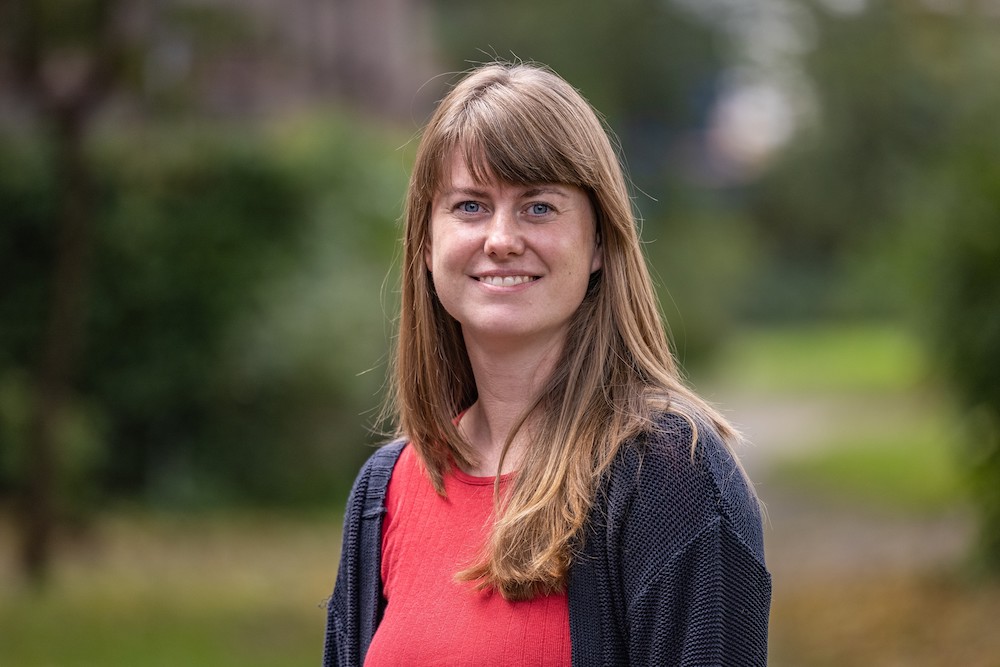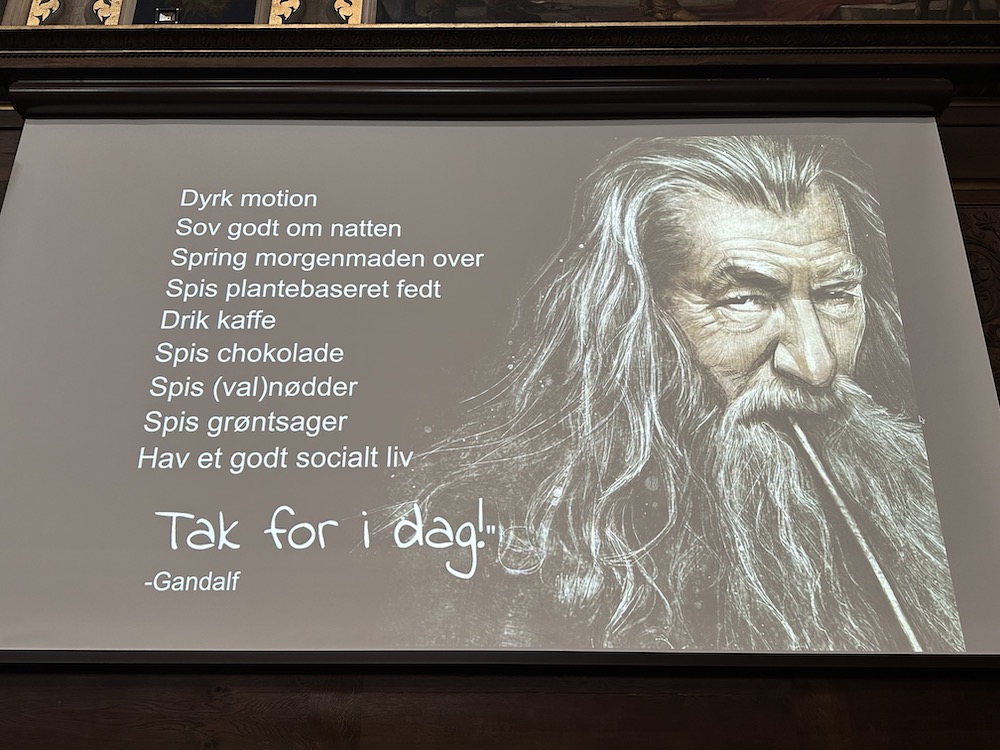
Matching Biopsies with Register Data to Build A New Infrastructure Is a Looooong Process
She has come to know a lot about biopsies and especially skin biopsies. For years she has been trying to facilitate a research project utilizing information from liver biopsies, and now she is also going after skin biopsies. Danish hospital archives are filled with biopsies from citizens, but setting up infrastructure to access the biopsies and make them usable for research is a bit of a mouthful.
“There are many different people and processes involved. Our goal is to retrieve biopsies in collaboration with the hospitals and cut out a small part to use for research. Right now, our focus is to produce both digital images and proteomics data, such that we can link the microscale data with the patient-level register data” explains postdoc Pernille Yde Nielsen who is part of the Challenge Project trying to build a new infrastructure where human tissue is matched with register data together with professor Majken Karoline Jensen and her team.
They have identified almost 800 liver biopsies and 1800 skin biopsies that they would love to get into their studies.
“We chose liver and skin because there is a lot of it out there,” Pernille Yde Nielsen explains. “Further, it is easy to make a skin biopsy and often it is possible to find healthy skin around a mole as well. And we would love to get the skin from people of all ages.”
They also want to measure protein levels and use deep learning linked with register data to hopefully find new patterns and gain new insights about aging and disease trajectories.
“So, maybe one day you can just see the level of protein on the picture of the biopsy and that would make science much easier. Pathologists most often look for cancer or other conditions that are relevant for the individual patient at the time they have the biopsy taken, but there is a lot of other knowledge in the samples that are not registered. We are interested in that because when we combine the pathological samples with the registers, we are also able to “look into the future” of these patients – I mean, what are the health and disease trajectories of the patients long time after the pathologists have taken the sample in order to make a diagnosis,” she says, hoping that this new registered knowledge could help in better diagnoses and prognoses of patients.
The collaboration with pathologists is interesting because they traditionally are focused on the actual diagnosis, but together with the Department of Pathology at Zealand University Hospital, Pernille and the group work with several clinicians with the purpose of enhancing their studies of specific cancers –even just a little bit – by adding the register-based follow up. This is a collaboration that the Challenge group hopes will expand further as the collection of digitized biopsies grows.
Her latest paper ‘Patholife – The Danish Pathology Life Course’ shows that if you are married/live with a partner, have higher income or education, then you are also more likely to get a biopsy.
“There are many different data to consider. If you have higher education and income in general, you are more likely to have a biopsy taken- may be because you are better at reacting to symptoms and using the system,” she says, hinting that even in Denmark there is a social inequality in the diagnosis of certain diseases.
Pernille Yde Nielsen and her colleagues now have around 1800 usable skin samples and because the digitised images are very large (many kb), they are a bit overwhelmed by the data they now have.
“We all need to learn to use these samples across the various health issues. Our new infrastructure, including many old biopsies, where people are long dead, will allow us to compare skin and liver biopsies – enriched with register data. There are so many opportunities in this in the future.”


Are there specific diseases or conditions that could particularly benefit from this innovative approach to utilizing biopsies and patient data?
Tel U